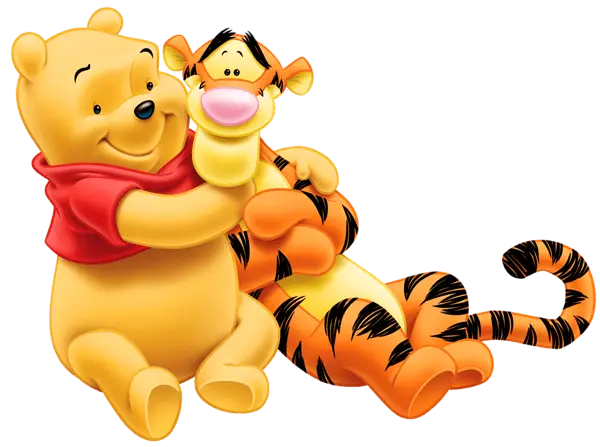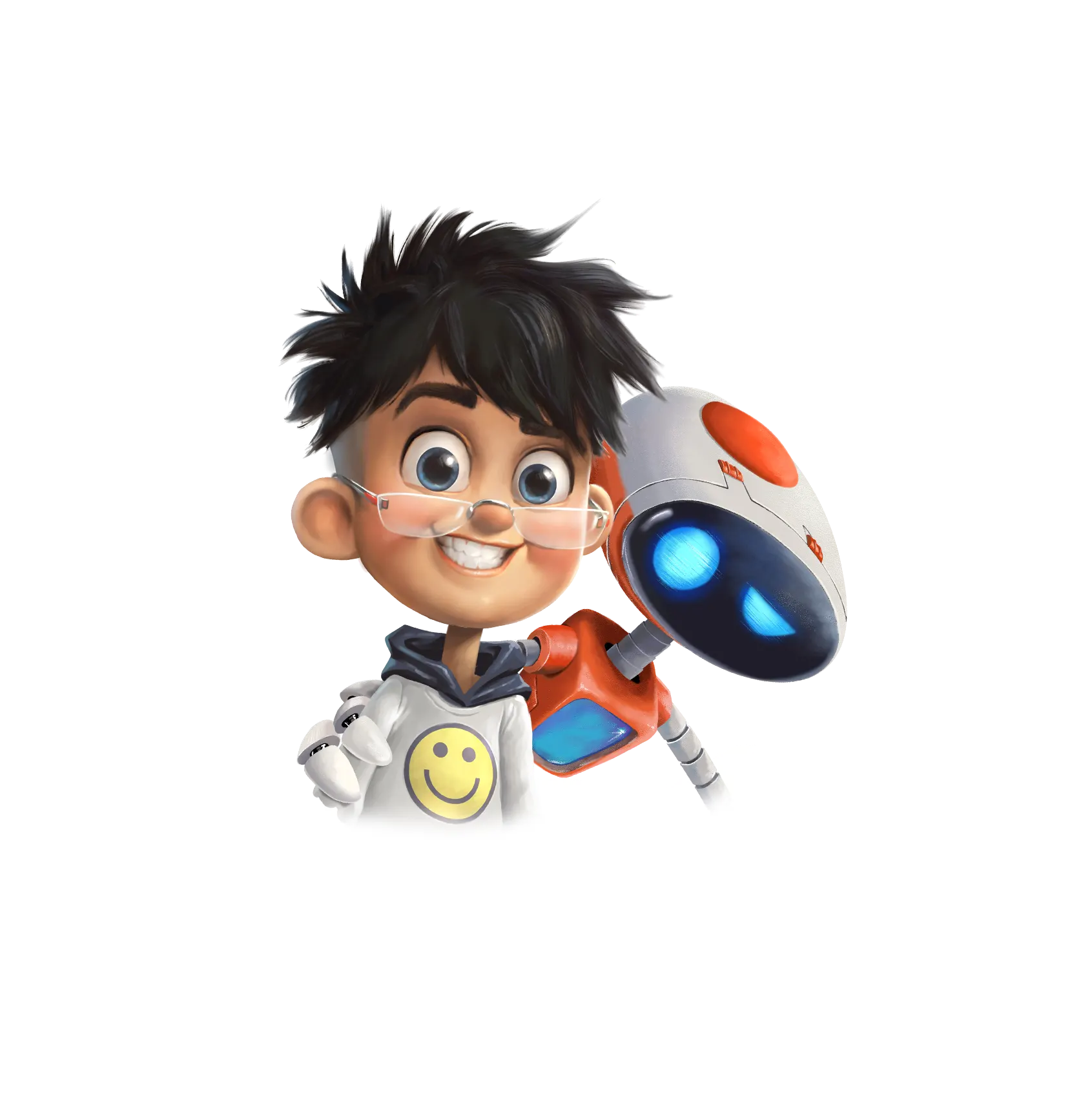Introduction:
In the dynamic landscape of global trade, businesses are constantly seeking innovative ways to expand their reach and tap into new markets. One avenue that holds immense potential for growth is the association with the Services Export Promotion Council (SEPC). This strategic partnership opens doors to a plethora of opportunities for businesses looking to export services and make a mark on the international stage.
Understanding the Services Export Promotion Council (SEPC):
The Services Export Promotion Council (SEPC) is a dedicated body working under the aegis of the Ministry of Commerce and Industry, Government of India. Its primary objective is to promote the export of services from India and strengthen the country’s position as a global services hub. SEPC serves as a crucial bridge connecting Indian service providers with potential clients and collaborators across the world.
Key Benefits of Associating with SEPC:
SEPC provides valuable market intelligence and research insights, equipping businesses with the knowledge needed to navigate and thrive in international markets. Stay ahead of the competition by leveraging SEPC’s extensive research capabilities. Forge meaningful connections with industry leaders, government officials, and potential clients through SEPC’s networking events, seminars, and trade missions. Building a robust professional network is key to exploring new business avenues and forming strategic partnerships.
SEPC facilitates capacity-building programs and skill enhancement initiatives to ensure that businesses are equipped with the necessary tools and knowledge to excel in the global marketplace. Continuous learning is a cornerstone of success in international trade.
How to Get Started with SEPC:
- – Access authentic Trade leads, and market access opportunities in existing and emerging markets
- – Create and build your company’s profile on www.servicesepc.org under MY SEPC.
- – For membership please contact: abhishek.sahdev@servicesepc.org , rcmc@servicesepc.org , 011-43562656
- – Get noticed by overseas importers through digital networking facilitated by SEPC.
- – Get all necessary support from Indian Embassies/Missions for business opportunities in various countries.
- – Visa facilitation to undertake business visits.
- – Actively participate in policy formulation towards enabling the business environment.
- – Participate in international exhibitions, Reverse Buyer-Sellers Meet, and all other export promotional activities at a subsidized cost.
- – Access incentives under the Market Access Initiative (MAI) Scheme of the Ministry of Commerce and Industry.
- – Avail Partial coverage of the cost of airfare (subject to guidelines under the MAI scheme) while undertaking participation in the international exhibition under the SEPC pavilion.
- – Avail Export Incentives formulated under Foreign Trade Policy to be announced soon.
- – Become eligible for schemes under the Ministry of MSME.
- – Issuance of certificate for export performance or payment of duty/GST for the purpose of availing Bank Guarantee exemption in regard to Advance Authorisation (AA)/DFIA/EPCG authorization.
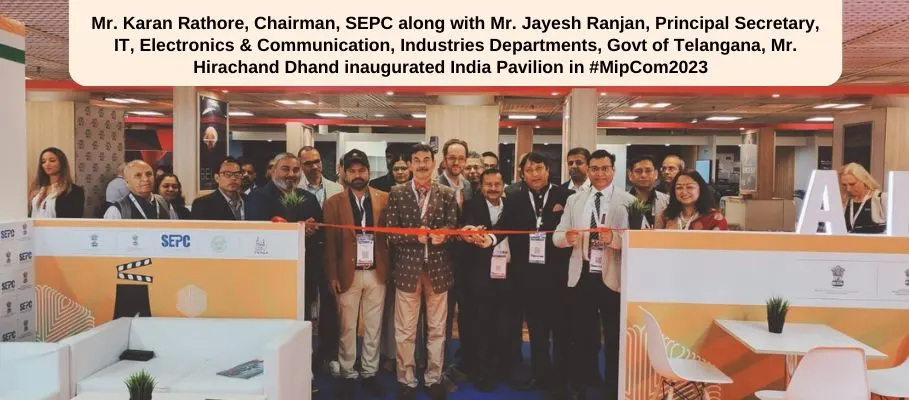
The Services Export Promotion Council (SEPC) plays a vital role in supporting various industries, including the animation sector, to expand their presence in the global market. Here’s how SEPC can assist the animation industry:
1. Market Research and Intelligence:
SEPC provides valuable insights into international markets, helping animation companies understand global trends, demands, and competition. This information enables businesses to tailor their strategies to meet the specific needs of different regions.
2. Networking Opportunities:
SEPC organizes networking events (Mipcom, kidscreen, etc, seminars, and trade missions that offer a platform for animation industry professionals to connect with potential clients, collaborators, and investors from around the world. Building these connections is crucial for expanding the reach of animation services.
3. Trade Promotion Initiatives:
SEPC-led initiatives, such as participation in international exhibitions and trade fairs, provide animation companies with opportunities to showcase their work on a global stage. This exposure can lead to partnerships, collaborations, and business deals with international clients.
4. Policy Advocacy and Support:
SEPC actively engages in advocating for favorable policies that support service exporters. For the animation industry, this could involve addressing regulatory challenges, ensuring intellectual property protection, and advocating for policies that foster growth and innovation in the sector.
5. Capacity Building Programs:
SEPC offers training programs and capacity-building initiatives to enhance the skills of professionals in the animation industry. This can include workshops on the latest animation technologies, trends in storytelling, and other aspects that contribute to the industry’s competitiveness.

6. Promoting Animation as a Service:
SEPC can work to position animation services as a key export from India. This involves creating awareness about the capabilities of the Indian animation industry and promoting it as a reliable and creative source for international clients.
7. Facilitating International Collaboration:
SEPC can act as a facilitator for international collaborations between Indian animation companies and foreign studios, fostering partnerships that benefit both parties. This could include joint ventures, co-productions, or technology-sharing agreements.
8. Access to Funding and Incentives:
SEPC can work with government bodies to secure funding and incentives for the animation industry. This support can encourage innovation, research and development, and the production of high-quality content that is competitive on a global scale.
9. Information on Regulatory Compliance:
SEPC provides guidance on regulatory requirements for exporting animation services, ensuring that companies are well-informed and compliant with international trade regulations.
10. Showcasing Indian Talent and Creativity:
SEPC can actively promote Indian animation talent and creativity through various channels, including international festivals, to highlight the industry’s capabilities and attract attention from potential clients and collaborators.
In summary, the Services Export Promotion Council can serve as a catalyst for the growth of the animation industry by providing a comprehensive support system that includes market insights, networking opportunities, policy advocacy, and capacity-building initiatives. Through collaboration with SEPC, animation companies can position themselves as competitive players in the global market.
* https://www.servicesepc.org/home/applyformembership



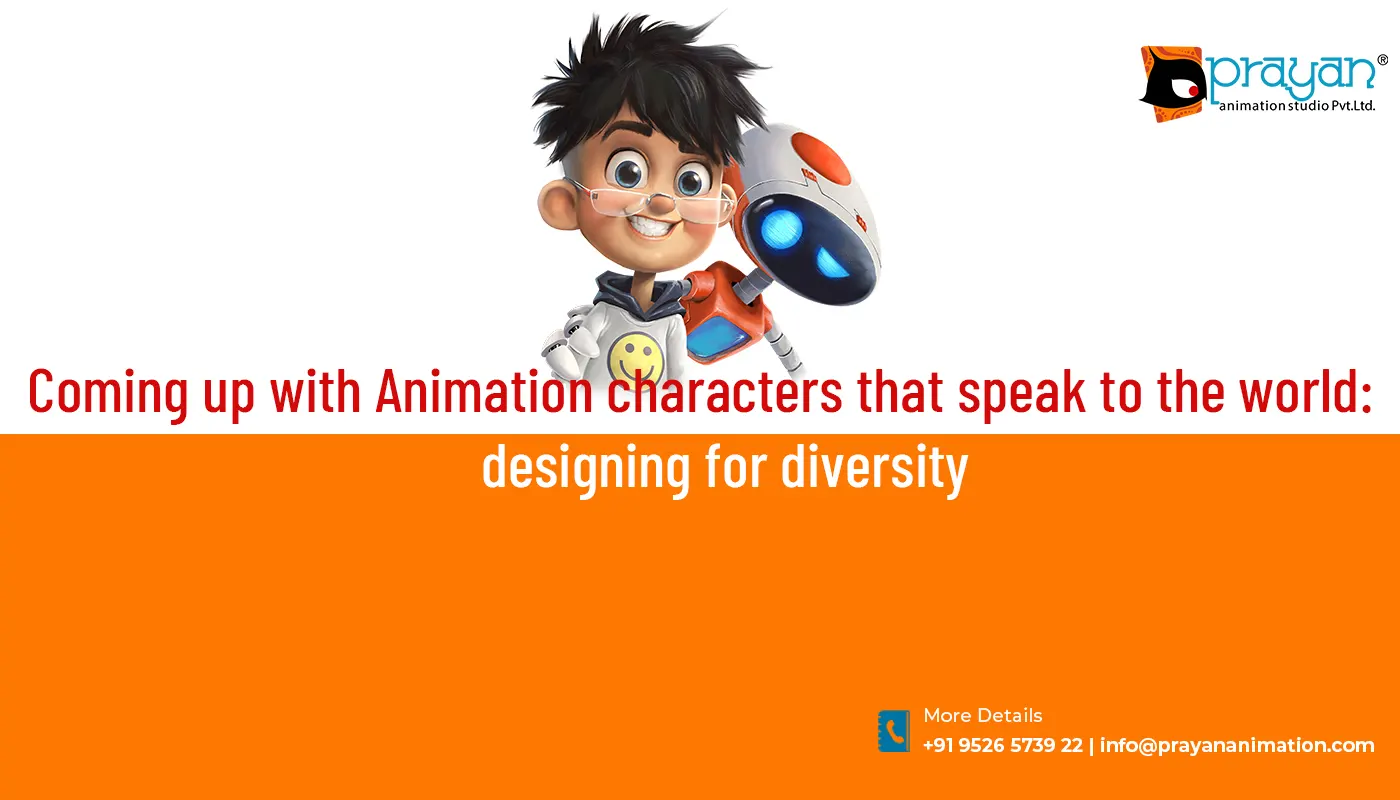
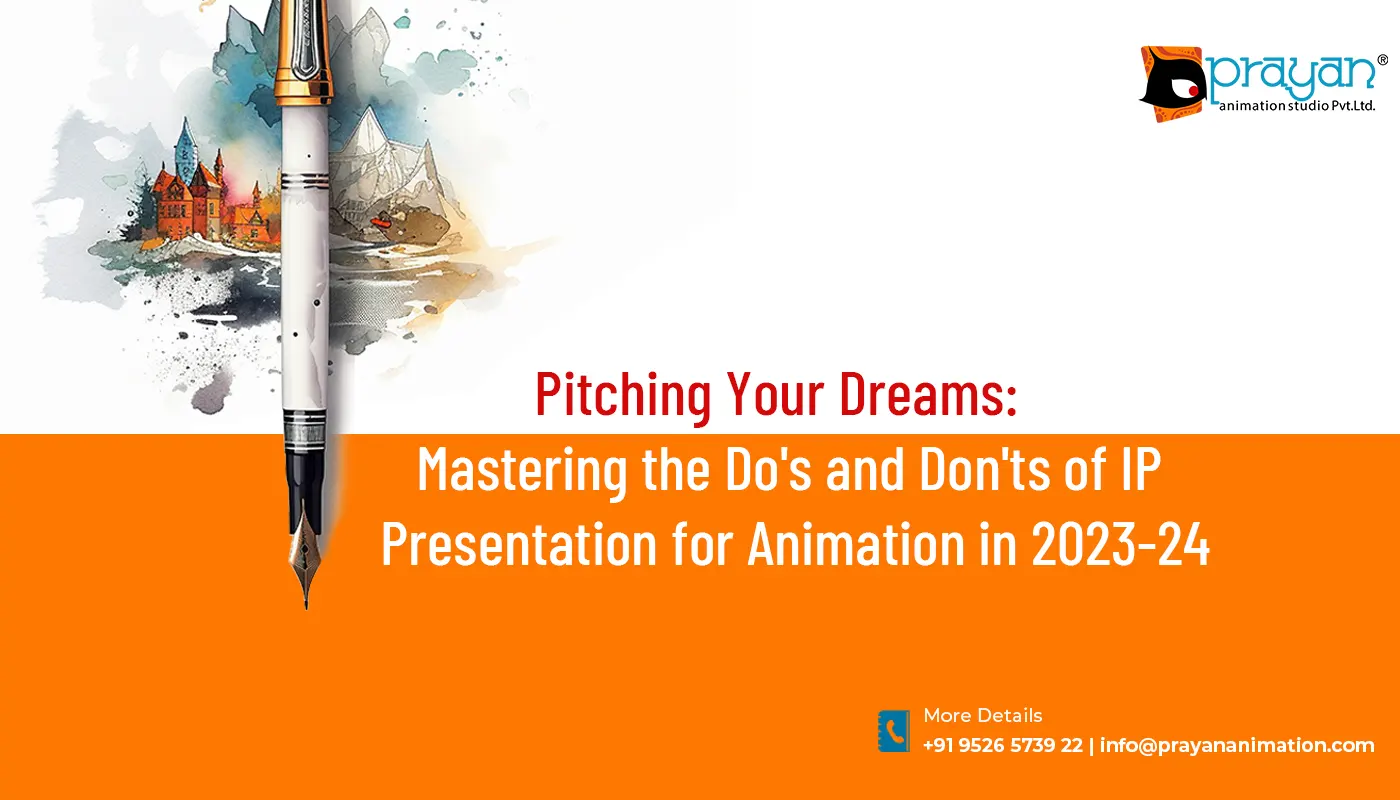
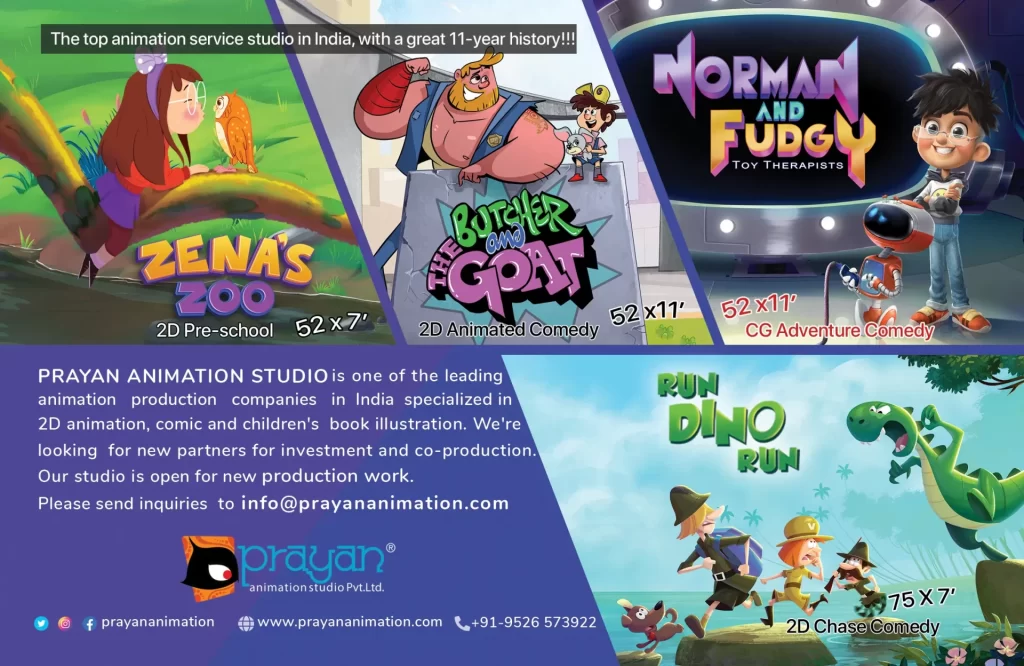

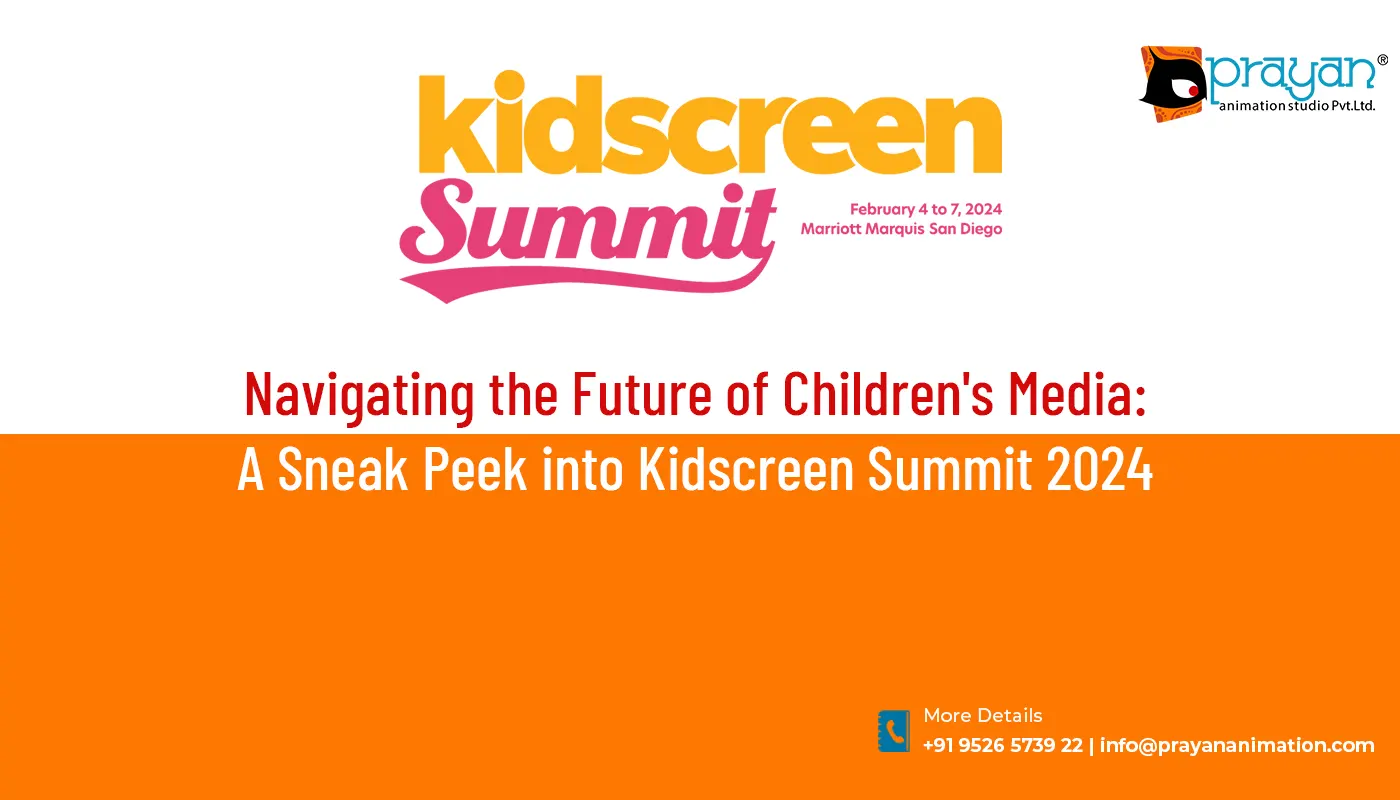

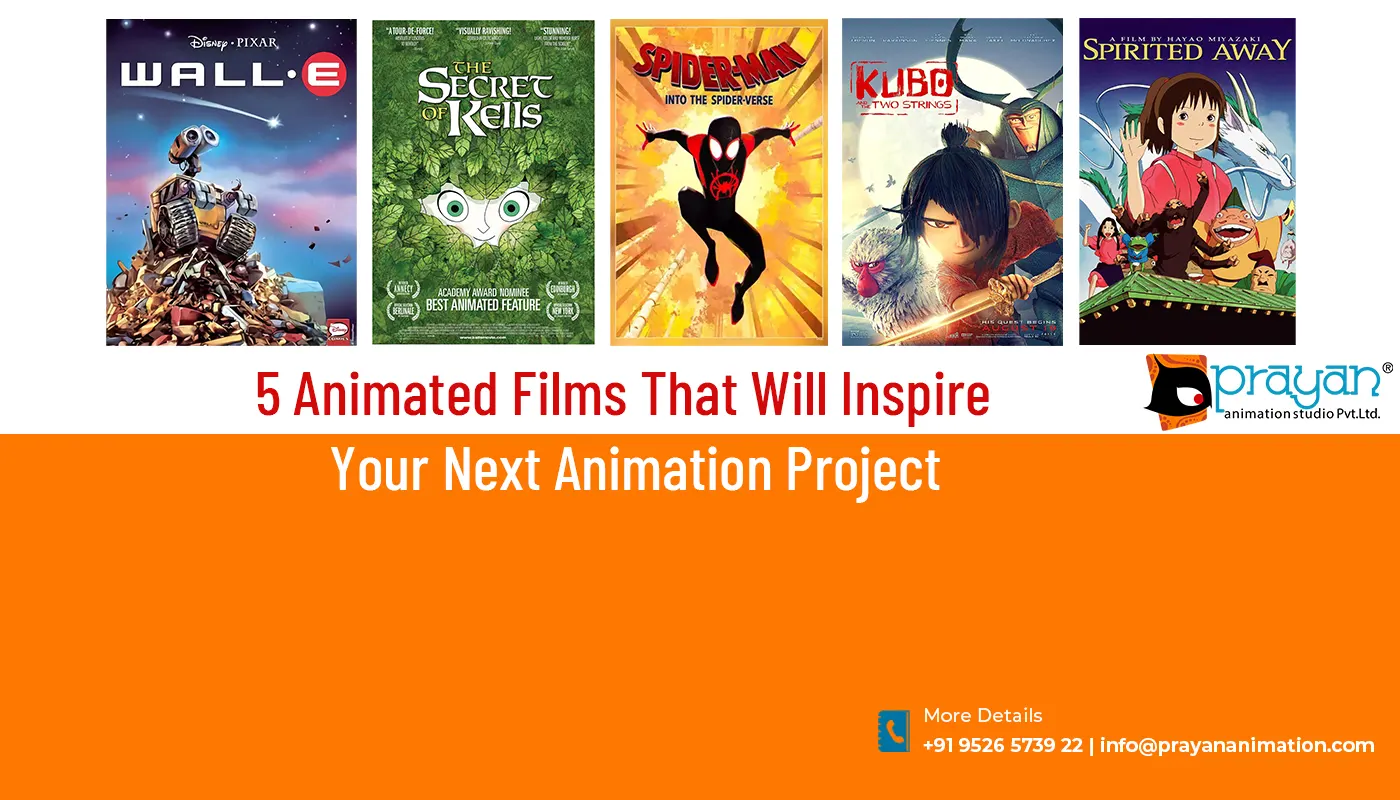
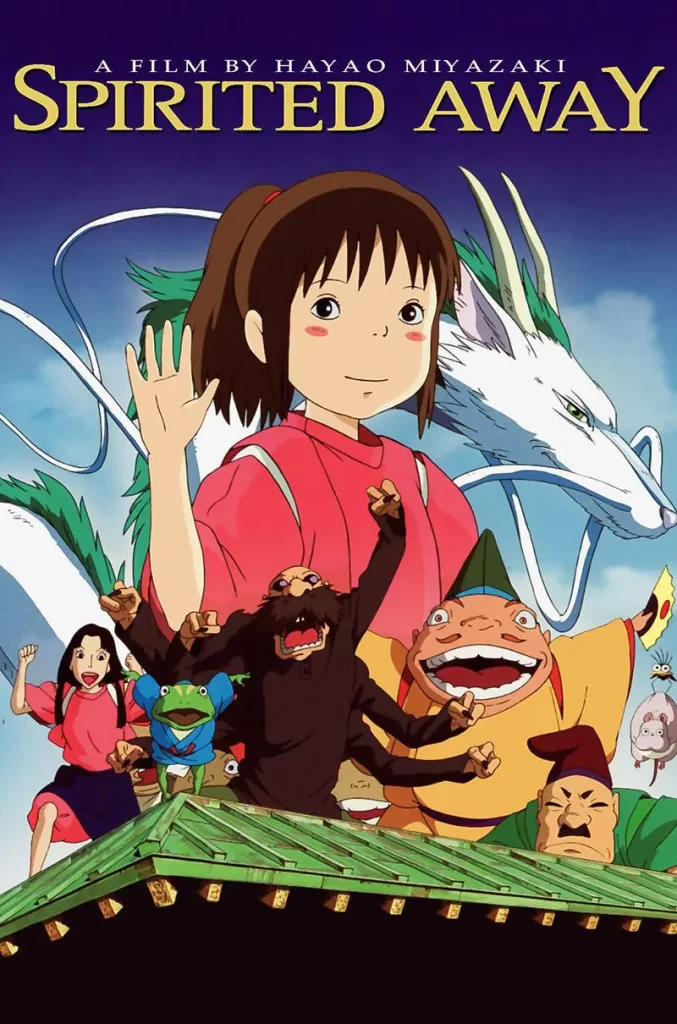
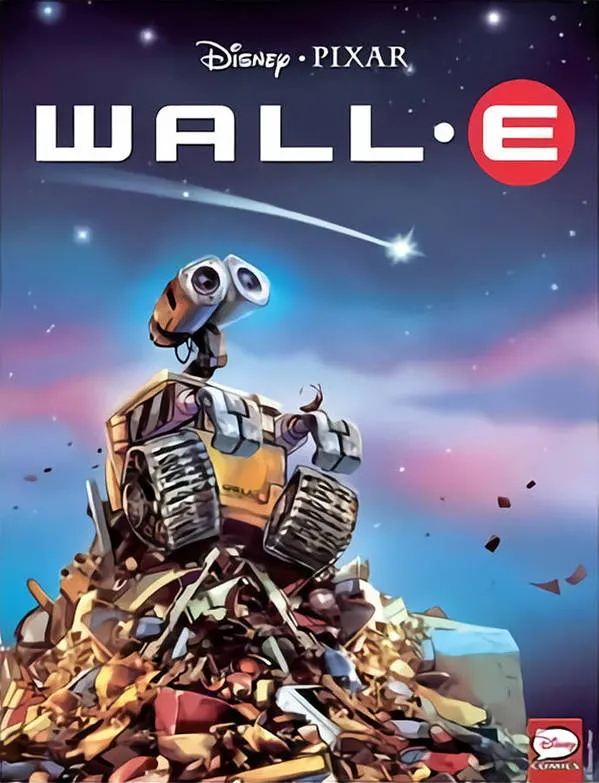
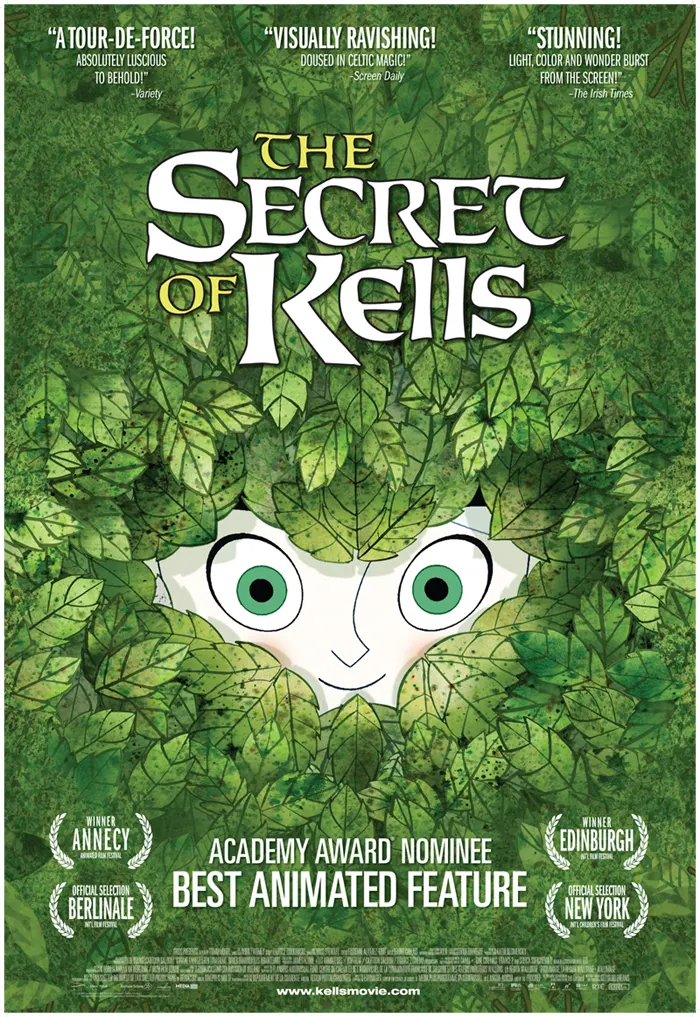
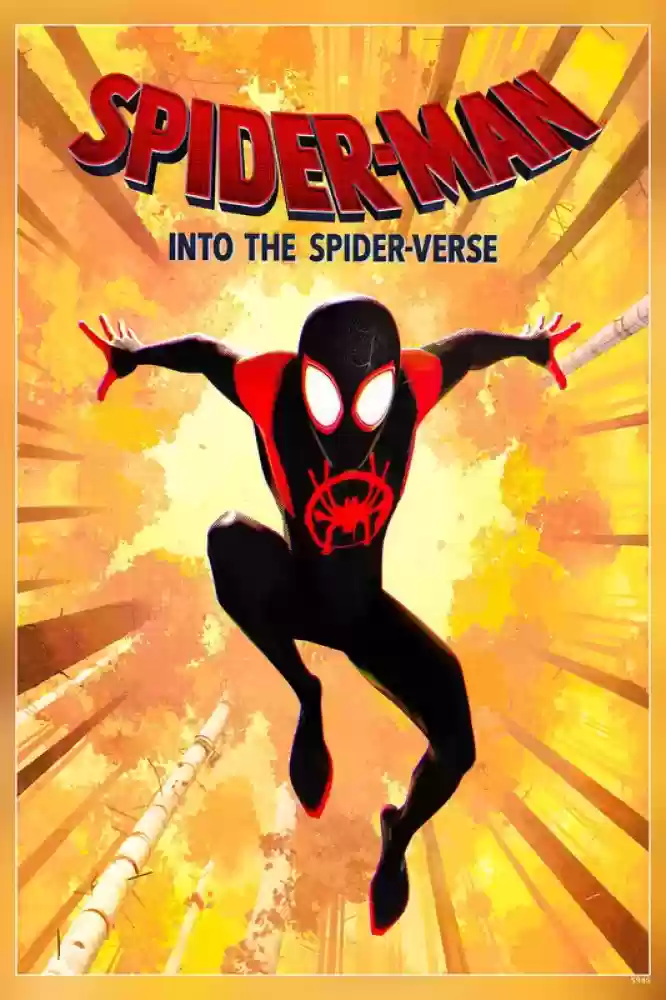
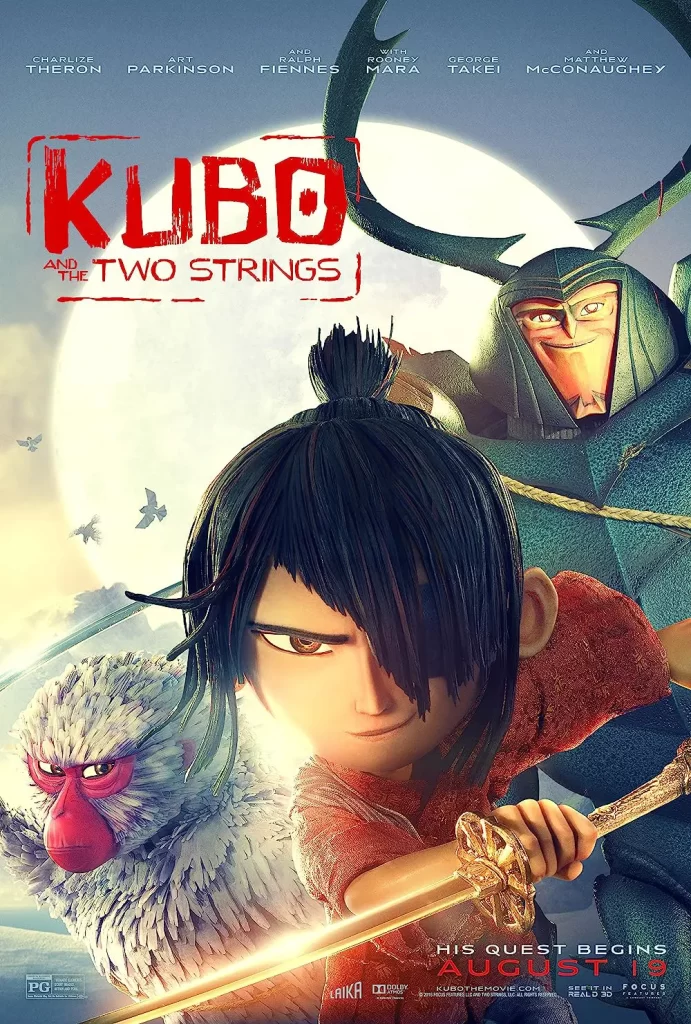



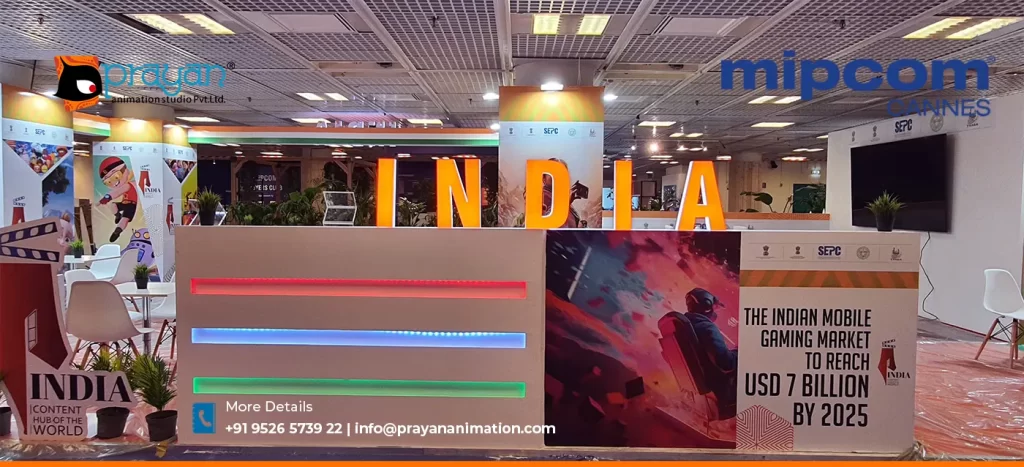
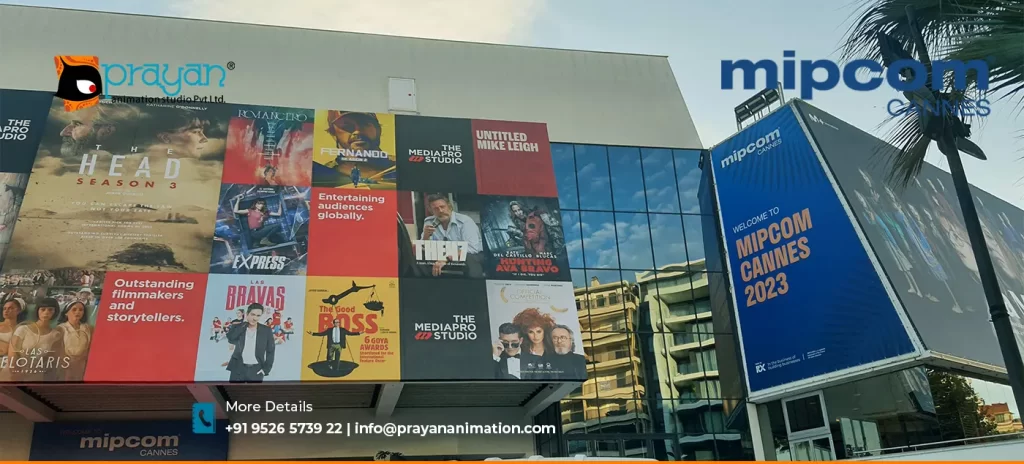
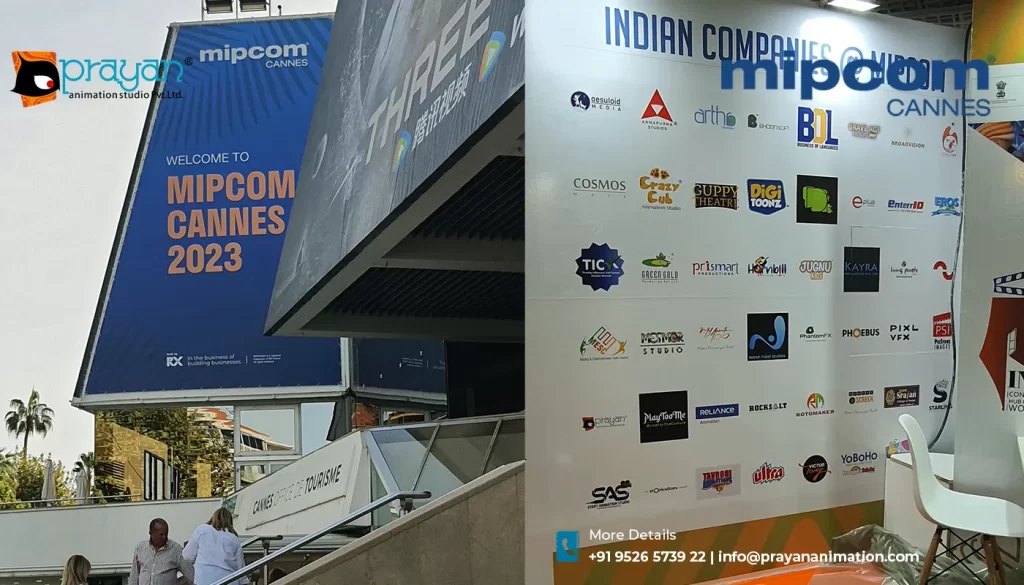

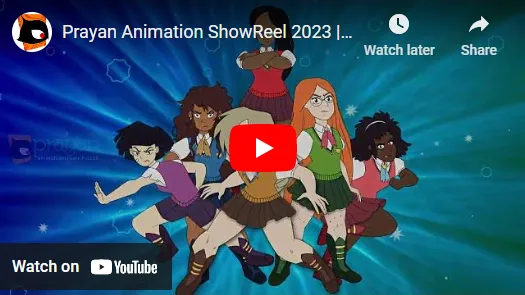

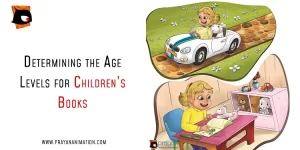


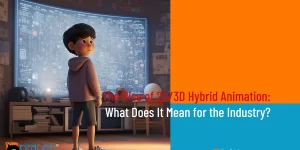

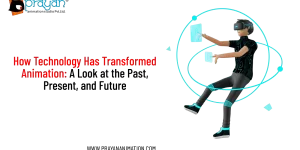
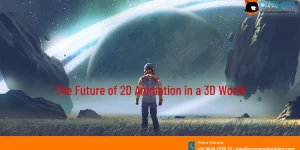
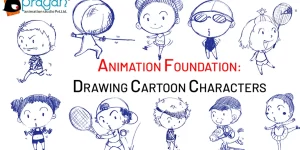

 We can help you.
We can help you. 

